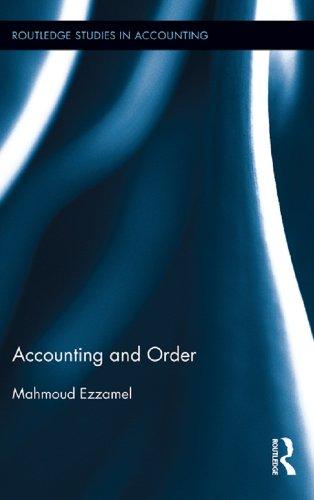1. Since debt service funds accounts tax-supported debt it is not necessary to use a General Long-Term Debt Account Group. a. True b. False 2. In order for the General Long-Term Debt Account Group to be self-balancing it is necessary to create accounts which have debit balances, even though no assets are assigned to the group a. True b. False 3. Debit balance accounts which offset general long-term debt accounts are two categories: (1) amounts accumulated in debt service funds for repayment of general long-term debt, and (2) amounts to be provided in future years for payment of interest on long-term debt. a. True b. False 4. If general fixed assets are acquired or constructed from proceeds of special assessment debt, a single account group may be used to account for and report both the fixed assets and the related debt. a. True b. False 5. Debt backed by both special assessments and the full faith and credit of a governmental unit should be reported in the CAFR in the Statement of General Term Debt. a. True b. False 6. If special assessment bonds are issued at a premium the amount of the premium must always be recorded in the General Long-Term Debt Account Group. a True b. False 7. When a capital lease payment of $10,000 is legally due, entries are made in the Debt Service Fund to record the liability of $10,000, and entries are made in the GLTDAG to reduce Capital Lease Obligations Payable by $10,000. a. True b. False 8. The Amount to be provided for Retirement of General Long-Term Debt is an account which should be reported in the Liability section of the Statement of General Long-Term Debt. a. True b. False 9. Issuance of tax supported debt having a maturity of more than one year from date of issue must be recorded only in the General Long-Term Debt Account Group. a True b. False 10. Transfers to a debt service of assets which are to be held for debt repayment should not be recorded in the General Long Term Debt Account Group. a. True b. False 11. Long-term debt is carried as a liability in the General Long-Term Debt Account Group until it is paid or refunded. a. True b. False 12. The amount of a governmental unit's liability for compensated absences of employees of activities accounted for by its governmental funds should be recorded in the GLTDAG to the extent that the liability will not be paid by a governmental fund from its expendable available financial resources a True b. False 13. Claims and judgements against a governmental unit should be recorded as liabilities of the governmental fund that will pay the claims of judgements, not as a liability in the GLTDAG. a. True b. False 14. Debt limit is a term used to denote the total amount of indebtedness of specified kinds which is allowed by law to be outstanding at any one time. a. True b. False 15. Debt margin is the difference between the debt limit and the amount of outstanding debt subject to the limitation. a. True b. False 16. Since the debt of a governmental unit is subject to legal debt limit, there cannot be any legal overlapping debt. a. True b. False 17. The balance sheet of a General Long-Term Debt Account Group is often entitled "Statement of General Long-Term Debt." a. True b. False 18. A Statement of Changes in Long-Term Debt should be included in a CAFR to disclose authorization of new debt issues, sale of previously authorized issues, and retirement and refunding oof debt during the year. a True b. False 19. A Combined Balance Sheet, one of the General Purpose Financial Statements, reports assets, liabilities, and equity of the seven fund-types, but does not report the GLTDAG since to do so would be duplicate reporting of assets held in debt service funds b. False 20. Notes on the Financial Statements of a state or local government should include a schedule, or summary, of annual debt service requirements (principal and interest payments) for the year following the balance sheet date and for all subsequent years until the final maturity of debt outstanding on balance sheet date. a. True b. False 21. Debt service exists to accumulate resources to pay tax supported bond issues at maturity. Interest on such bonds is paid from General Fund appropriations, not from debt service fund appropriations a. True b. False 22. All Long-term debt, including bonds, notes or warrants, and various other long-term obligations, intended to be repaid form tax levies or special assessments are accounted for in debt service funds. a. True b. False 23. The debt service activity of a governmental unit may be properly accounted for within the General Fund unless the use of a debt service fund is mandated by law. a. True b. False 24. Taxes for debt service are always levied by the General Fund and transferred to a Debt Service Fund. a. True b. False 25. Debt service funds, unlike the General Fund and special revenues funds, do not use budgetary accounting procedures. a. True b. False









